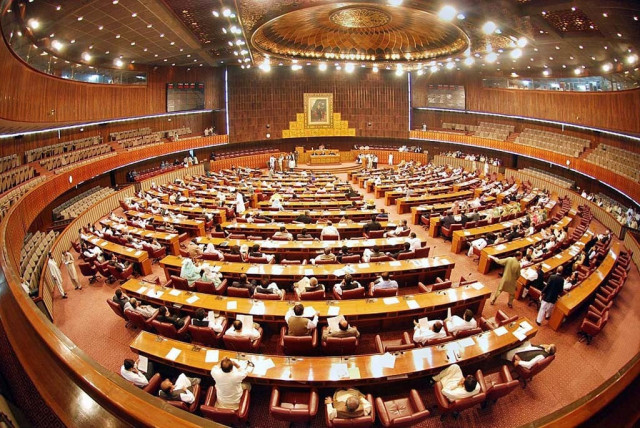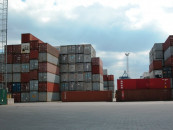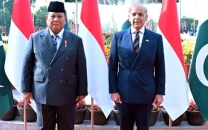Financial globalisation and macro model
Real investment falls as large chunk of industrialists pour capital into financial assets

Pakistan’s parliament passed the Finance Act 2024, which has come into force. Most of the media commentators, analysts and economists have criticised this year’s budget and called it tax laden.
They are of the view that the government has burdened the existing formal sector and adopted new taxation measures, which would affect the masses to a great extent.
The government has followed fiscal consolidation where it intends to curtail expenditure and increase tax receipts. It plans to jack up tax collection by around 41% to bring fiscal deficit to around 6% of GDP in the current year while the deficit has remained above 7% since long.
Direct taxation is around 40%, which reflects the regressive nature of taxation in the country. These measures protect the privileged people while the rest face the brunt.
The regressive tax regime reduces the income of labour which, in turn, brings down wage income in the economy. This lower wage income helps in maintaining profitability of the export sector.
Most of the developing economies have been trying to follow the export-led growth model where labour income is compressed to maintain profitability of the export sector.
East Asian countries such as Japan, South Korea, Taiwan, Hong Kong and China followed this model to develop their economies. These countries paid attention to the external market to reach high income levels.
This macro model has been in practice since 1990 with the advent of globalisation. The World Bank highlighted the East Asian success and started to advise the developing economies to follow this path.
This was duly supported by the International Monetary Fund (IMF) and the World Trade Organisation (WTO). These multilateral institutions promoted financial globalisation.
In the age of financial globalisation, most of the developing countries have been following the export-led growth model. The success of this model requires that the developed economies keep on importing at a rapid pace.
Exports of the developing economies should keep pace with imports of the developed ones as trade is a zero-sum game globally. If there is a marked slowdown in the developed economies, they will reduce their imports.
International trade has become a fierce battleground where a large number of developing countries have been trying to maintain their share in the economic game.
If the economic growth rate of developed economies goes down, they will try to import at competitive prices. After the global financial crisis, the developed countries bought commodities at cheaper rates from the developing ones, though the volume of imports remained intact.
With a few exceptions, the value of exports of the developing countries has gone down since then.
There are certain downsides associated with this macro model. First, the focus on the external market results in shrinking of the size of the domestic one.
When industrial capitalists observe that the size of the domestic market does not grow, they would abstain from real investment as this investment manifests unknown consequences. Here, real investment means the investment in capital and consumer goods.
That is the reason real investment is neither growing in Pakistan nor in most of the developing economies.
Second, when capitalists find that opportunities for real investment decrease, they will start investing in financial assets. Those financial assets provide reasonable returns in organised markets.
That is the reason why many industrial capitalists started buying land and ventured into housing societies in Pakistan. They even invested in the stock market to get quick returns.
In a nutshell, opportunities for real investment have reduced in the age of financial globalisation. A large chunk of industrial capitalists has poured capital into financial assets, which will promote speculation in the financial market.
Such investments are baneful in a developing economy where socio-economic requirements are quite large.
The writer is an independent economist who worked at SDSB, Lahore University of Management Sciences (LUMS)



















COMMENTS
Comments are moderated and generally will be posted if they are on-topic and not abusive.
For more information, please see our Comments FAQ